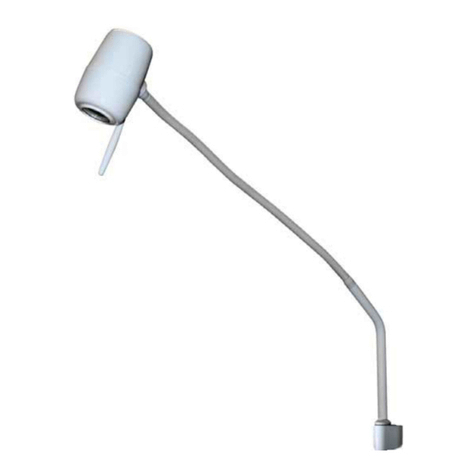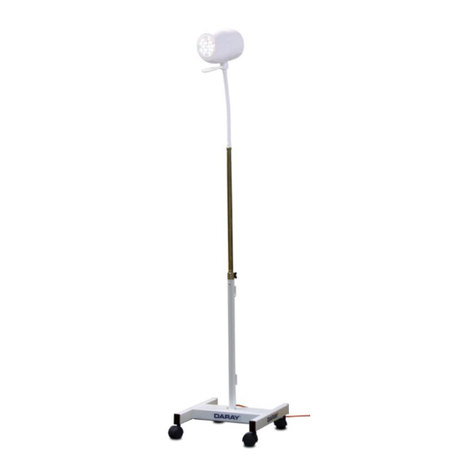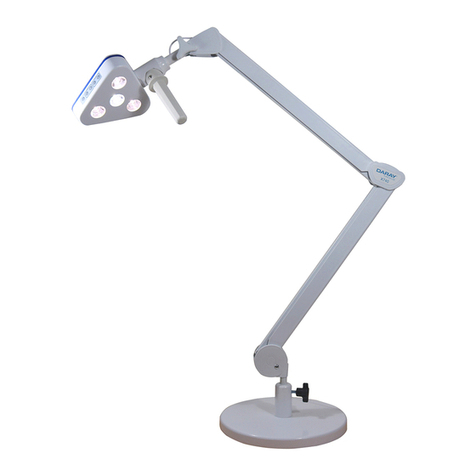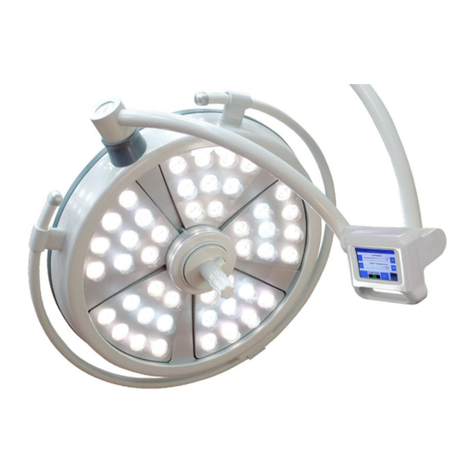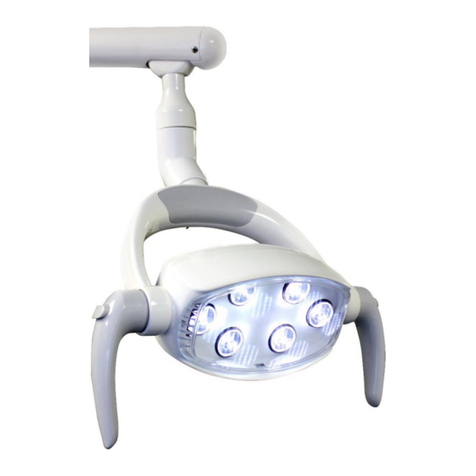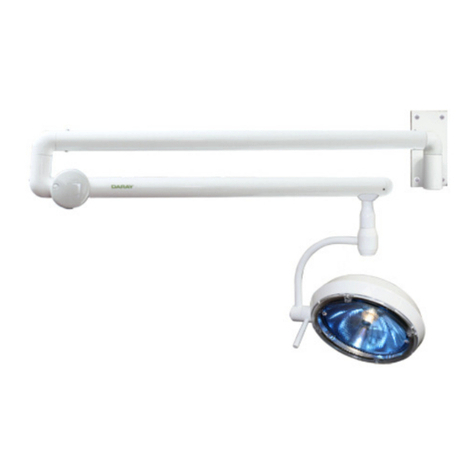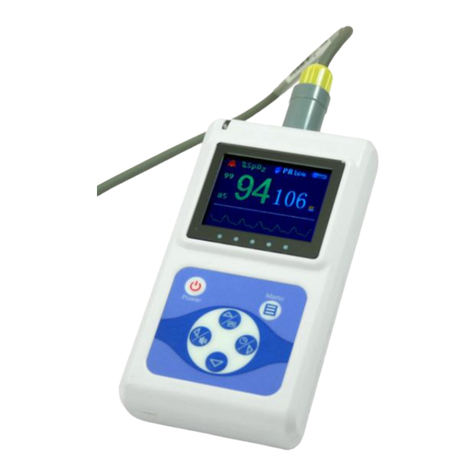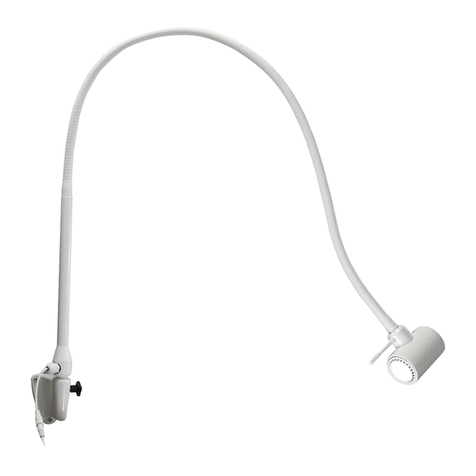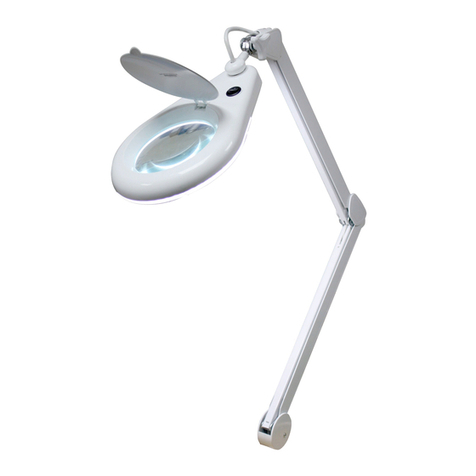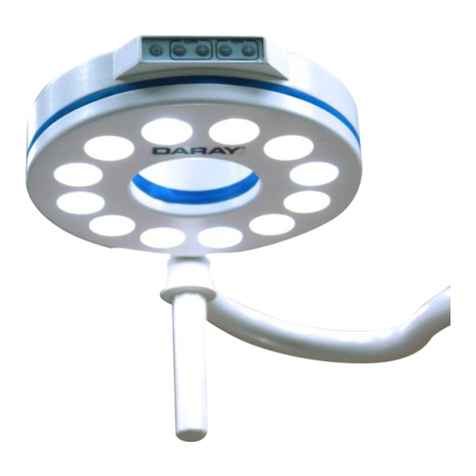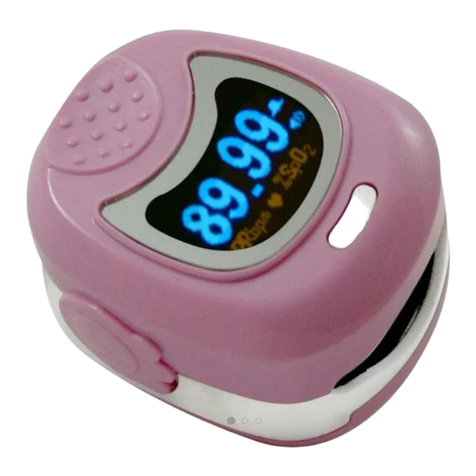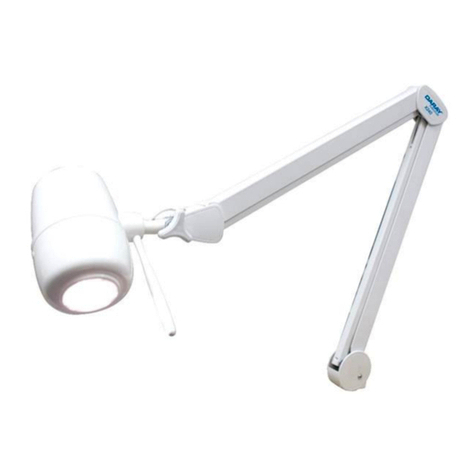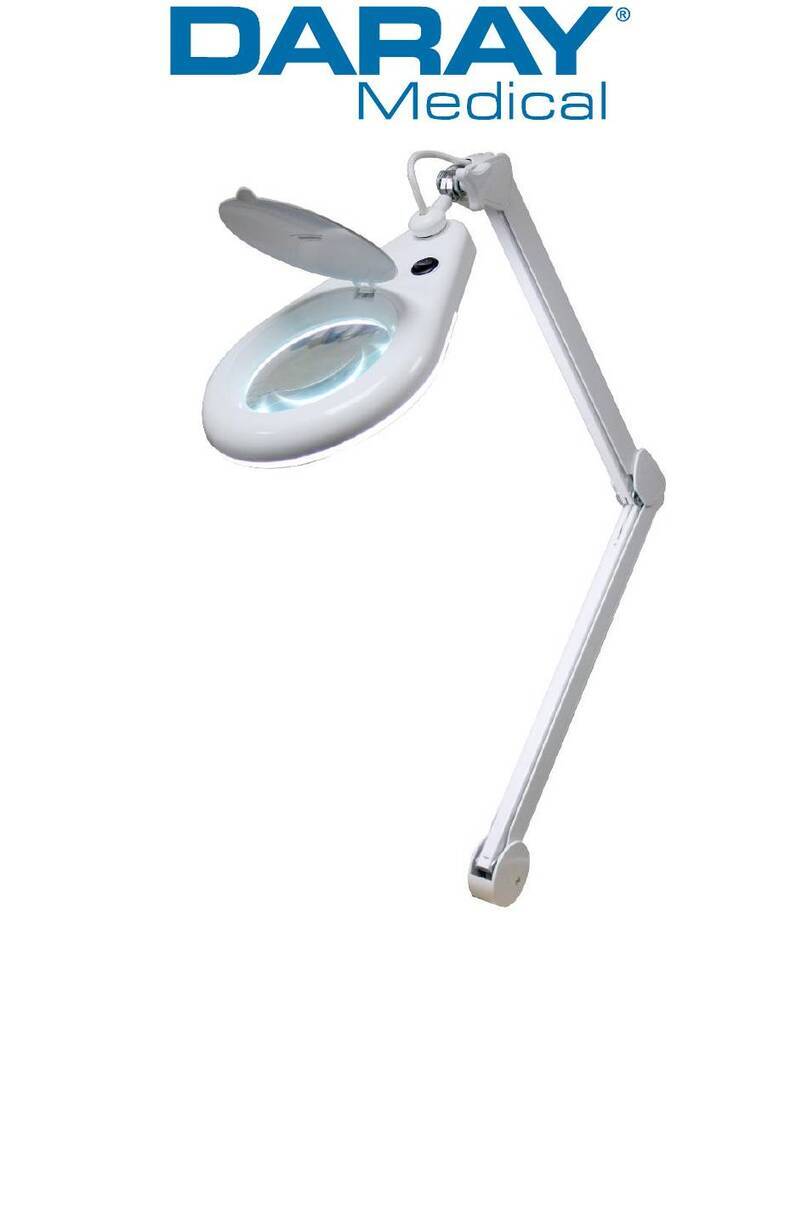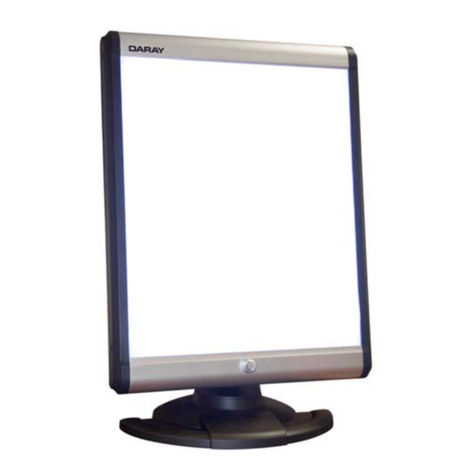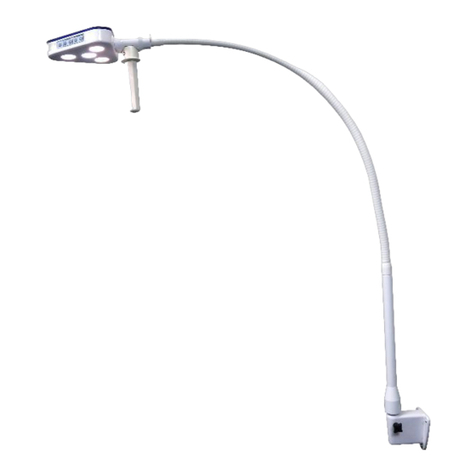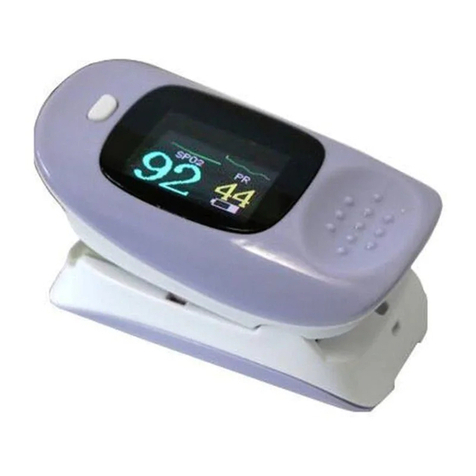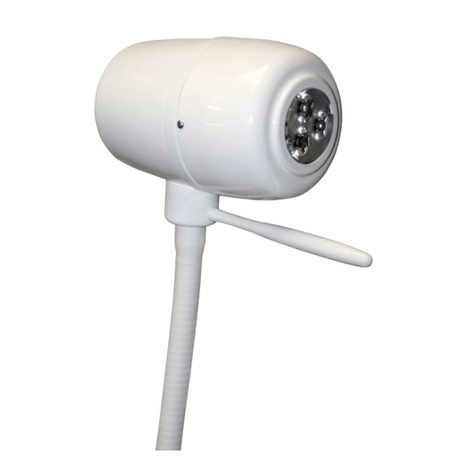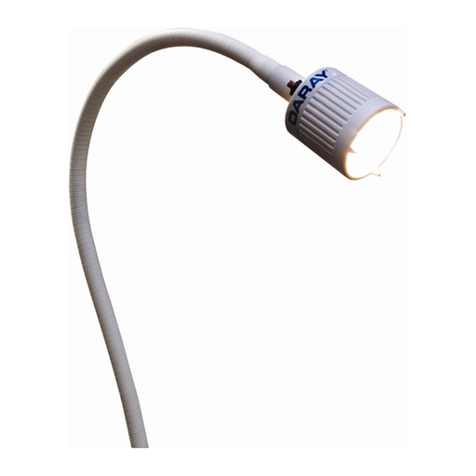6
1.2 Cautions
•The monitor is not a fully sealed device. Keep its surface dry and clean, and prevent
any liquid from infiltrating it.
•The device should be positioned appropriately. Keep it from falling, strong vibration or
other mechanical damage.
•Do not use mobile phones near where the monitor is operating. Mobile phones may
emit electromagnetic radiation which is capable of interfering with the proper
performance of the monitor.
•The monitor should only be maintained by personnel approved by our company.
•Before using the monitor on patients, the user should be familiar with its operation.
IMPORTANT
Before use, carefully read this manual, all safety information and specifications.
The monitor is a non-invasive, handheld patient monitor. It operates on AC or rechargeable
battery power supply. It is suitable for monitoring adult and child patients. It is widely used
in the hospital’s operation room, ICU, clinic section office, out-patient department,
sickroom, emergency treatment, and the recovery and health care organisations, or in
family nursing and in patient transportation.
Parameters measured by the monitor include: arterial oxygen saturation (SPO2), pulse rate
(PR), plethysmogram waveform (PLETH), pulse strength and temperature (TEMP). The
monitor measures these parameters through a SPO2 sensor and a TEMP sensor and displays
them on the LCD screen.
The monitor is operated and controlled by the buttons on the front panel. It adopts a
monochrome LCD screen in displaying measurements and waveforms, and a dual-colour LED
in supplementary status indication. It is also capable of managing measured data and
transmitting the patient’s trend through the communication socket to a PC for display,
observation, saving and printing.
Function structure.
The monitor is composed of main unit, SPO2 sensor, TEMP probe and AC power adaptor.
2. FUNCTIONS
•The monitor has the following functions:
•Measuring: Intelligent display of SPO2, PR, PLETH, pulse strength and TEMP.
•Prompting: battery capacity, speaker volume.
•Alarm: judgement of exceeding the limits, Audio and visual alarm.
•Power saving: automatic shutdown when no monitoring.
•Data Managing: data storage, data adding, data deletion, drawing trend waveforms with
saved data.
•Communication: transmitting the patient’s trend data to a PC for display, observation,
saving and printing.
For the data display, observation, saving and printing function, you must install the data
viewer software in a PC equipped with a printer, and connect the monitor with the PC by a
special communication cable.






